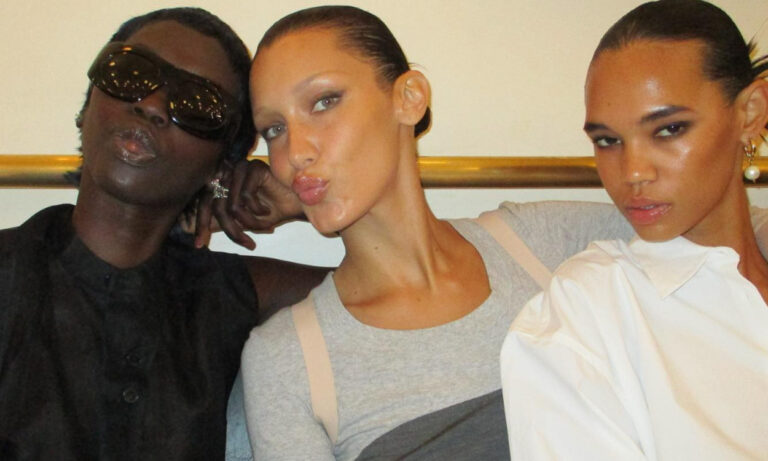What is buccal fat removal? Everything you need to know about the newest toxic beauty trend
Another year, another unattainable beauty standard. Cosmetic surgery waits for no one, and it seems as though the minute we get to grips with one facial aesthetic trend, another pops up on our FYP, perpetually reminding us of all our insecurities, like a never-ending game of Whac-A-Mole.
From lip fillers to the oh-so-famous brow lift, buccal fat removal is the newest beauty trend dominating the internet. But what is it actually about? And why is this potentially dangerous cosmetic procedure capturing the hearts and minds of gen Zers everywhere?
What is buccal fat removal?
Buccal fat is the tissue—around the size of a grape—found between the midface and lower face. Its presence results in the creation of a rounder and softer jawline. It functions as a cushion between your two chewing muscles, the buccinator and masseter.
For patients seeking buccal fat removal, a surgeon will make a small incision on either side of their mouth and remove that area of fat from the face, thereby allowing their jaw to give off a sculpted effect and hollow cheeks.
Why is buccal fat removal trending online?
While this procedure has been readily available for decades, it’s really started to become a phenomenon in the beauty world at the very end of 2022 thanks to celebrity intervention and mass promotion online, particularly on TikTok. As to be expected, there’s been a mixed response from creators and users alike, with some praising the procedure for reigniting their confidence, and others discouraging unnecessary cosmetic work that could perpetuate archaic beauty standards.
@ ♬ -
From supermodel Bella Hadid to TV personality and resident Twitter warrior Chrissy Teigen, Los Angeles has been a hub for celebrity buccal fat removal endorsement. Glee star Lea Michelle also potentially joined the growing trend after a recent Instagram selfie sparked online curiosity.
View this post on Instagram
Round faces have always been subject to criticism in relation to the still highly prevalent western beauty standards. Similarly to how society places greater value on thinner bodies, chiselled jaws and defined cheekbones continue to take precedent.
How dangerous is buccal fat removal?
The surgery is not only dangerous but it also comes with a hefty price tag too, with estimations ranging from around £3,000 to £5,000.
Indecisive gen Zers beware, this procedure is irreversible, and although it may appear flattering at first, in the long term, it could potentially accelerate the ageing process. As you grow older, you naturally lose volume in your face. By removing the small layer of flesh prematurely, you take the risk of looking gaunt further down the line.
If your heart is set on the infamous buccal fat removal however, make sure you’ve done extensive research and try to go to a reliable surgeon. How much buccal fat you have is dependent on the individual—which only increases the risk of something going wrong—so it’s imperative you only have removed the correct amount for you.
Of course, no one should have autonomy or influence over what you do with your body except you—the choice is yours and yours alone. While this cosmetic trend may reflect the persistence of unobtainable toxic body standards, it’s also a way in which individuals can pursue agency over their own bodies and potentially take steps towards feeling confident in their own skin.
Other potential complications can include post-operative swelling, the very unsexy hematoma, muscle weakness and less commonly, damage to the saliva duct if the incision is too high.





